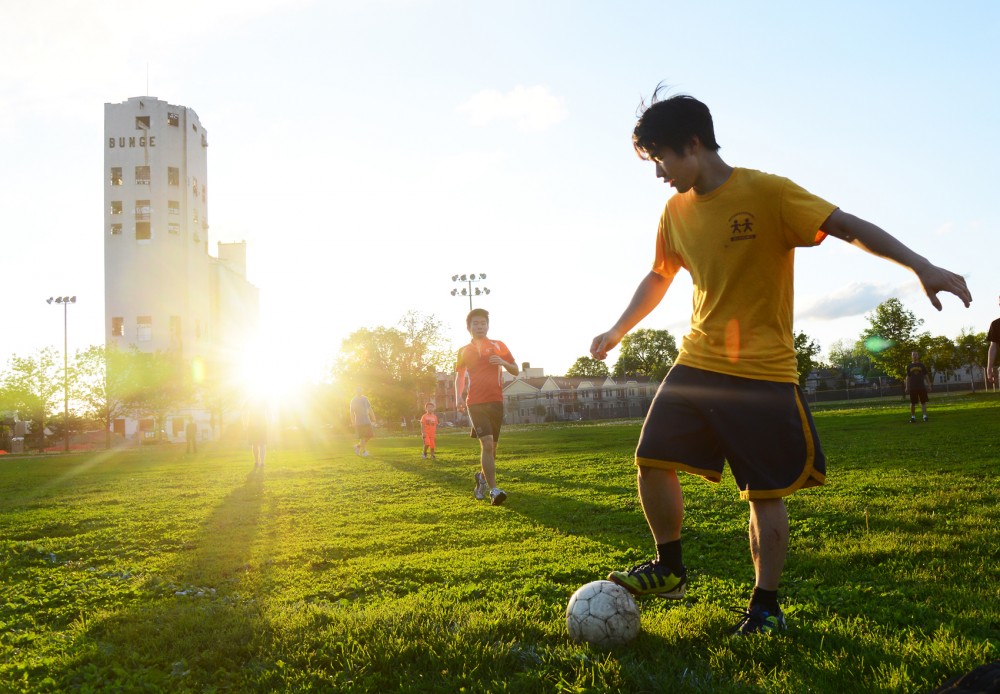The Minneapolis metro area is the second-fittest city in the nation, according to a report released last week.
The American College of Sports Medicine’s American Fitness Index found that spending on parks and recreation centers leads to better fitness, an area in which Minneapolis performed well. But it placed the city at No. 2 on the list because its schools don’t require physical education after elementary school.
The AFI uses 31 measures like level of physical activity and presence of recreational facilities to create a composite score for the 50 largest metro areas in the
country.
Minneapolis followed Washington D.C.’s number one ranking, keeping its position from last year’s report because of lower physical education requirements in schools.
This standard is what’s making the city lag behind.
“Minneapolis should make a change to their physical education requirements if they want to move back to No. 1,” said Walter Thompson, a chair on the AFI Board since it was founded in 2008.
But the amount of money Minneapolis spends on its parks contributed to its high ranking, Thompson said.
At an average park expenditure of $214 per person annually, Minneapolis exceeds the target goal of $101.80 per person outlined in the report.
Minneapolis Park and Recreation Board Superintendent Jayne Miller said the parks receive high funding because of a unique system that allocates money from taxpayer dollars rather than the city’s budget.
“I think if funding for the park system was reduced, citizens would be really upset,” Miller said, adding that the board is considering further increasing its funding for parks.
Students in the area also contribute to the fitness of the city.
Nearly 65 percent of students maintain a normal weight and 59.1 percent meet the Center for Disease Control’s recommendation for physical activity, according to Boynton Health Service’s 2015 College Student Health Survey.
Dave Golden, Director of Public Health and Communications at Boynton, said student activity at the University of Minnesota’s Recreation and Wellness Center also factors into the health of the city.
“Every age group has their own issues, but college students have more access to recreation than most age groups,” he said.
At the Recreation Center on the University’s Minneapolis campus, there are 6,000 to 7,000 scanned entries on an average day and another 800 to 1,000 entries in the St. Paul Recreation Center, said Jim Turman, Director of Recreational Sports at the University’s Recreation Center.
Students who live on campus go to the gym more frequently than those who don’t, Turman said. An increase in the number of students on campus could mean more use of the facilities.
“The numbers are going to increase because of the new housing options close to campus,” Turman said, adding that recent renovations to the facility could have a similar effect.








